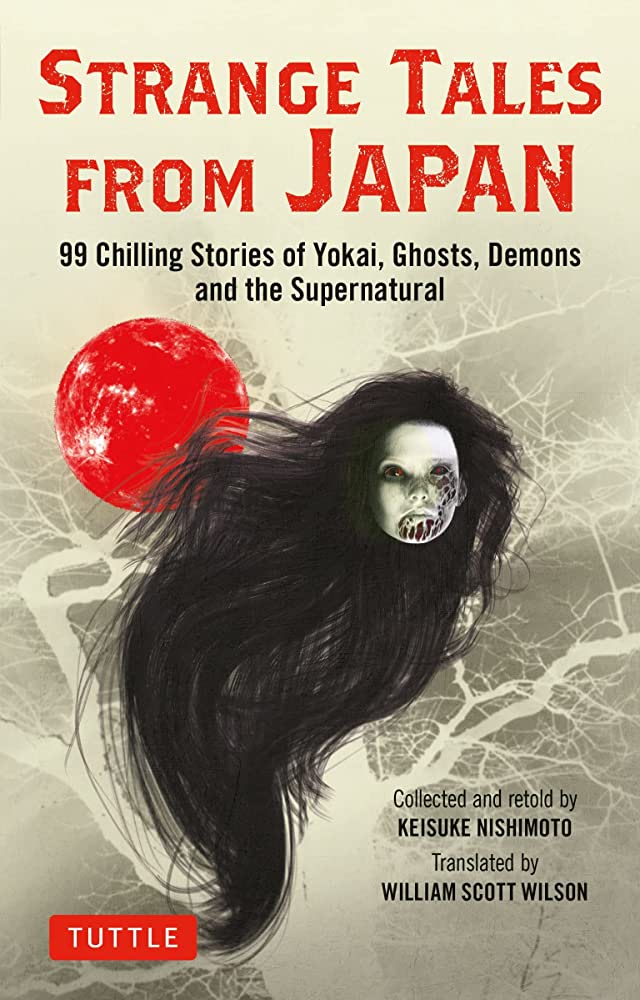Japanese folklore is filled with supernatural entities such as ghosts and demons, both of which are vastly different in terms of their origins, appearance, and behaviors. Ghosts are commonly believed to exist due to the country’s Shinto and Buddhist religious beliefs, and are often depicted as sad or angry souls who have been unable to move on to the afterlife, with a signature pale exterior and long hair symbolizing their attachment to the physical world. On the other hand, demons are often associated with supernatural power and are depicted as wicked, menacing creatures with frightening appearances, believed to have the power of possession. Both ghosts and demons play important roles in Japanese culture, with many stories, films, and video games featuring them, and many performing rituals to ward them off.
Ghosts vs. Demons: Comparing the Supernatural Entities of Japanese Folklore
Japan has a rich and diverse folklore tradition, filled with a wide range of supernatural creatures and entities. Two of the most commonly discussed types of supernatural beings are ghosts and demons. While they share some similarities, these entities are also quite different in terms of their origins, appearance, and behaviors.
The Origins of Ghosts and Demons in Japanese Folklore
Ghosts are a common theme in Japanese folklore, and their origins are typically traced back to the country’s Shinto and Buddhist religious beliefs. Many Japanese people believe in the existence of spirits that linger after death, and these spirits are often depicted as sad or angry souls who have been unable to move on to the afterlife.
Demons, on the other hand, have more complex origins. In Japanese folklore, demons are often associated with supernatural power and are believed to be able to take various forms, including animals and humans. Some demons are also thought to have originated from the spirits of deceased humans who were particularly cruel or vengeful during their lifetime.
The Appearance of Ghosts and Demons in Japanese Folklore
The appearance of ghosts in Japanese folklore can vary widely depending on the region and story. However, they are often depicted as having pale skin and wearing traditional Japanese clothing. Some ghosts are also portrayed as having long hair, which is believed to symbolize their attachment to the physical world.
Demons, on the other hand, are often portrayed as having more monstrous and frightening appearances. Some demons have multiple arms or heads, while others have animalistic features such as horns or tails.
The Behaviors of Ghosts and Demons in Japanese Folklore
The behaviors of ghosts and demons in Japanese folklore also differ significantly. Ghosts are typically thought to be sad or angry beings who are looking for closure or vengeance. They are often portrayed as wandering aimlessly, lamenting their fate and their inability to move on to the afterlife.
Demons, on the other hand, are much more active and menacing. They are often depicted as wicked and malevolent beings who enjoy causing harm to humans. Some demons are believed to have the power to possess humans or other creatures, causing them to act in unpredictable ways.
The Role of Ghosts and Demons in Japanese Culture
Ghosts and demons play important roles in Japanese culture, particularly in the country’s literature, art, and media. Many Japanese novels, films, and video games feature these supernatural beings, often exploring their origins, behaviors, and interactions with humans.
Additionally, many Japanese people hold strong beliefs about the existence of ghosts and demons. Some even go so far as to visit haunted places or perform rituals designed to ward off these creatures.
Conclusion
Ghosts and demons are two of the most fascinating things about Japanese folklore. They may share some similarities, but they are vastly different in terms of their origins, appearances, and behaviors. Understanding these differences can help us better appreciate the rich and diverse cultural traditions of Japan.
